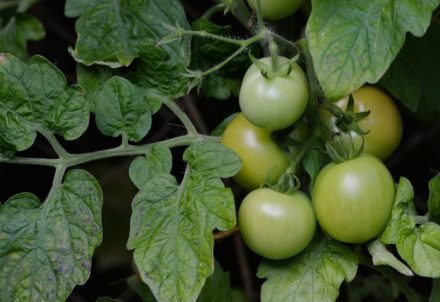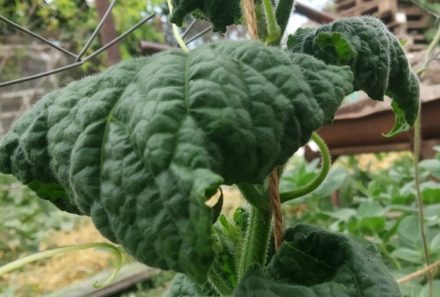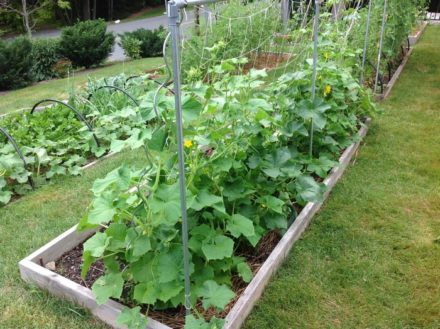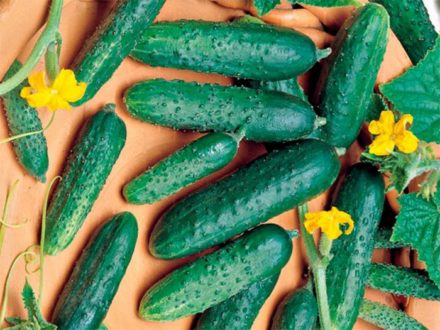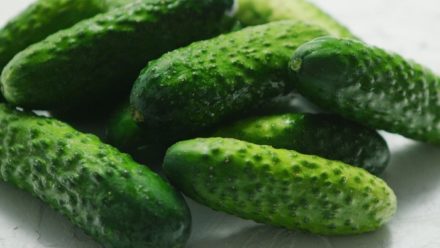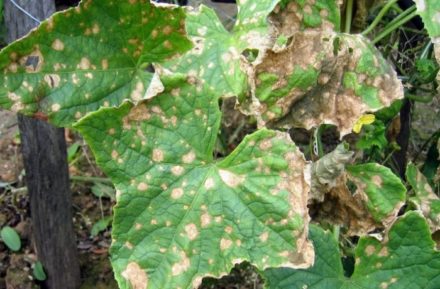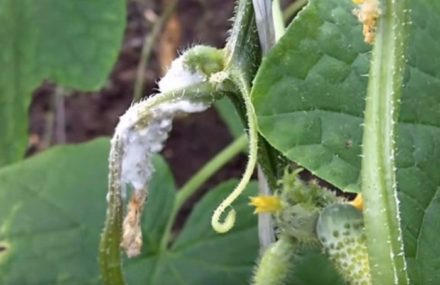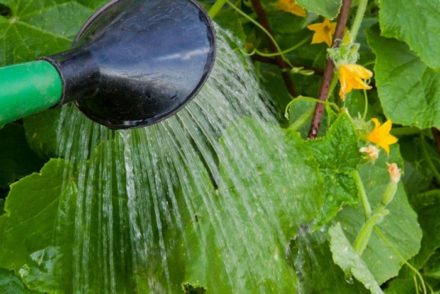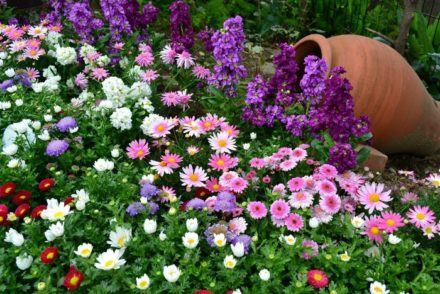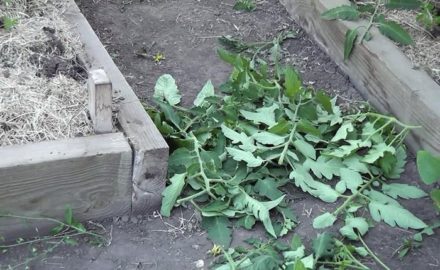It is impossible to imagine a single summer salad without a refreshing, aromatic cucumber. This watery tropical vegetable is grown everywhere, but not all gardeners manage to obtain high-quality, large and smooth fruits without bitterness.
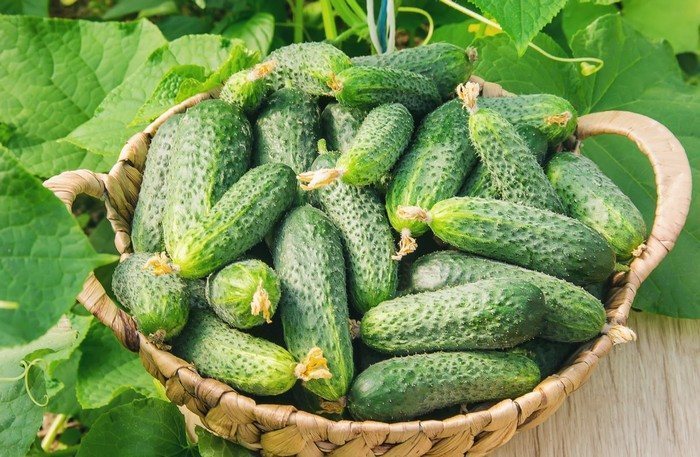
Cucumber is extremely demanding both in terms of watering and the content of useful microelements in the soil. The most important time, when cucumbers need special attention, begins in July, during the fruiting period.
How to determine what kind of dressing a cucumber needs
By the appearance of the fruit it is easy to understand what the plant is missing.
- With a lack of potassium, the leaves quickly wither, the cucumbers turn out to be irregular in shape (narrowed in the area of the stalk or bent with a hook);
- A lack of nitrogen is manifested by a change in the color of the fruit (they become very pale), as well as a change in their shape: thickening in the area of the stalk;
- Bitterness of the fruit indicates a lack of moisture.
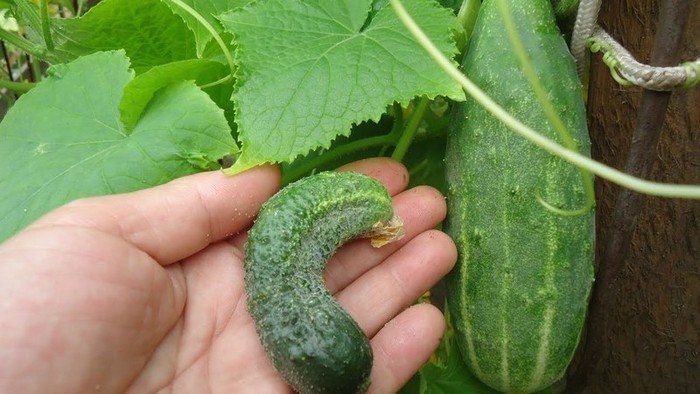
The best fertilizers to increase productivity
The most important trace element for fruit growth is potassium. Fertilizing with potassium increases yield and improves the taste characteristics of cucumbers. Potassium nitrate is considered the most suitable mineral fertilizer: it contains not only potassium, but also nitrogen. The powder is poured under the bush in minimal dosages (per 1 sq.m use no more than 2 g of fertilizer).
If the plant lacks nitrogen, use urea. For 1 sq. m of bed, 8–9 grams of fertilizer is enough.
In the open air, urea begins to evaporate when interacting with the soil. In order not to lose most of the fertilizer, it is recommended to bury the granules in the ground and sprinkle soil on top.

Among organic fertilizers, the first place in terms of usefulness for cucumbers is ash. It contains a number of substances necessary for cucumber fruiting: calcium, potassium, phosphorus, sodium, manganese and sulfur, and all these elements are in a form that is easily digestible for the plant. Dry ash is poured under the bush (1 tablespoon is enough for one plant), after which the bed must be watered.
Adding loosening materials
The productivity of cucumbers can be significantly increased by mulching. This is especially important for plants that grow in clay soil. When the bush is covered with mulch, the plant sprouts additional roots at the base of the stem, which promotes an increased flow of nutrients, rejuvenation of the bush, and the growth of new stems. Compost, humus, mowed grass or peat are used as mulch. However, the best results are obtained by mowing and sun-dried nettles. It has no equal in the content of substances beneficial to cucumber.
Add mulch regularly, at least once every two weeks.
In general, caring for cucumbers is easy. The main thing is to know when to stop: apply fertilizer regularly, but do not overdo it with the amount.


